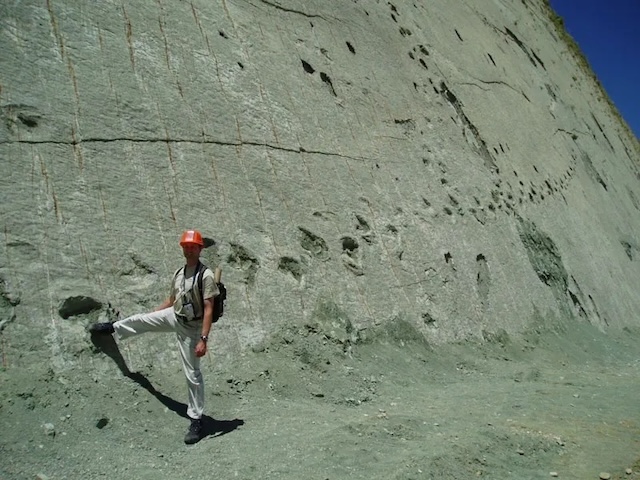In the depths of time’s shadows, a limestone wall in Bolivia stands as a silent testament to a bygone era. The Cal Orcko wall, spanning over 1.2 kilometers, bears more than 5,000 dinosaur footprints dating back 68 million years. This astonishing discovery captures the movements of giants—theropods, sauropods, and others—preserved by nature’s delicate processes. But how did these ancient tracks come to be etched into a towering cliff? Let’s delve into this captivating story of discovery, geology, and the prehistoric world that once roamed our planet.
Over 5,000 Dinosaur Footprints on a Limestone Wall!
The Cal Orcko limestone wall in Bolivia, near the town of Sucre, is one of the world’s most astonishing paleontological discoveries. Measuring over 1.2 kilometers in length and standing 80 meters high, this vertical rock face contains over 5,000 dinosaur footprints, representing 462 unique tracks. These tracks offer a rare glimpse into the Late Cretaceous era, about 68 million years ago, revealing a diverse array of dinosaur species that once roamed the Earth.
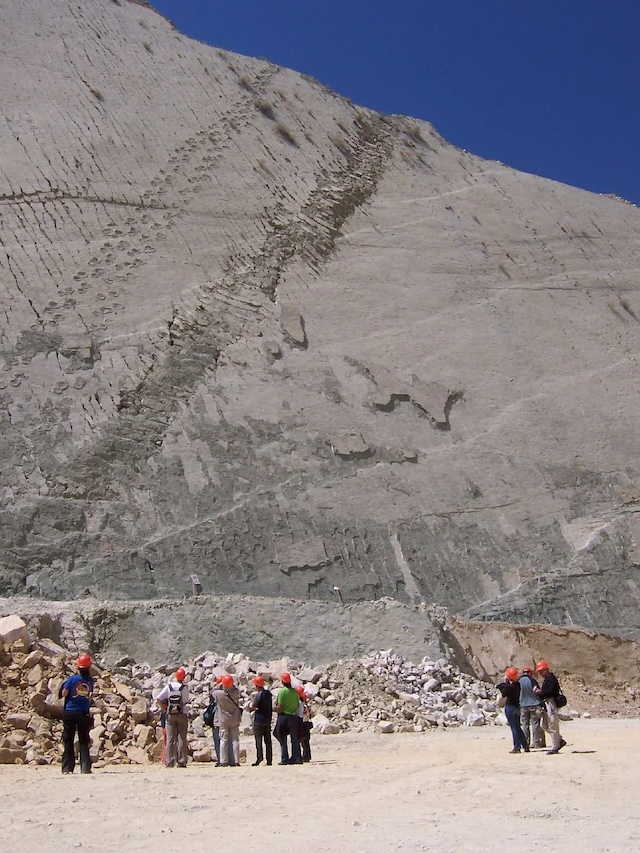
Dinosaur Footprints On A Limestone Wall: The Discovery
The first discovery of this remarkable site dates back to 1985 when workers from a nearby cement factory noticed strange markings on a limestone wall. However, it wasn’t until the 1990s that these markings were identified as dinosaur footprints. Between 1994 and 1998, Swiss paleontologist Christian Meyer conducted a comprehensive study of the area, uncovering a treasure trove of dinosaur tracks. The diversity and concentration of these footprints set Cal Orcko apart, making it the world’s largest collection of dinosaur tracks.
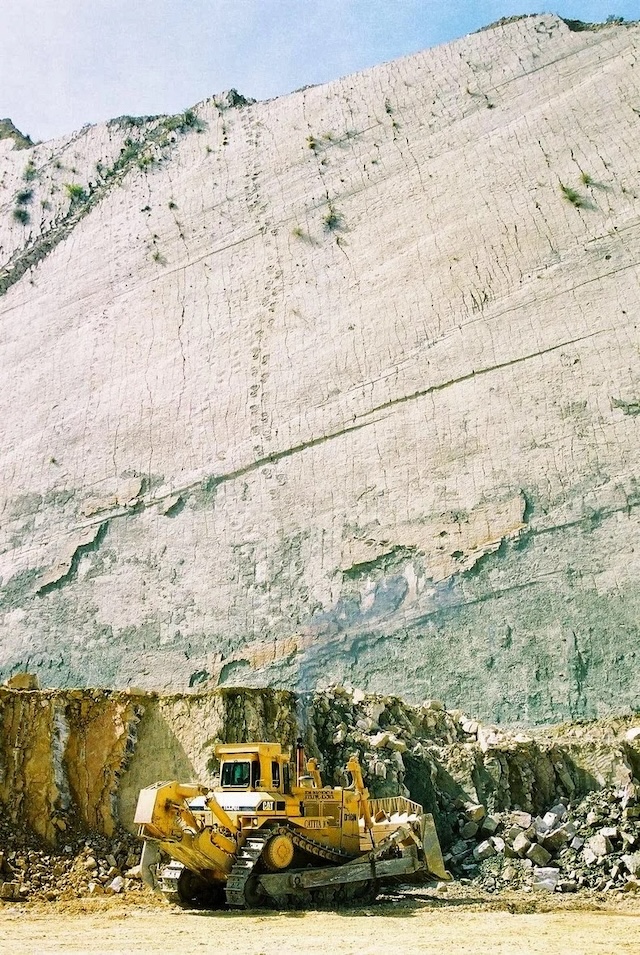
Among the numerous tracks found on this limestone wall are those of various dinosaur species, including theropods, sauropods, and ornithopods. One of the most significant discoveries includes the tracks of a massive titanosaur, with footprints measuring up to 70 centimeters wide. Some of these giants may have weighed as much as 70 tons. Smaller carnivorous dinosaurs also left their mark, often moving in packs while hunting, while herbivores likely traveled in groups for protection. One particularly fascinating track is a 347-meter-long path created by a baby Tyrannosaurus rex, affectionately dubbed “Johnny Walker” by scientists.

How the Wall Became Vertical
Cal Orcko’s limestone wall was not always vertical. Originally, it was a muddy, flat shoreline along a prehistoric lake. Over millions of years, tectonic movements slowly pushed the once-horizontal surface upward, creating the dramatic cliff face that exists today. This natural transformation preserved the footprints in a nearly vertical position, allowing us to see the movements of these ancient creatures as if they were frozen in time.
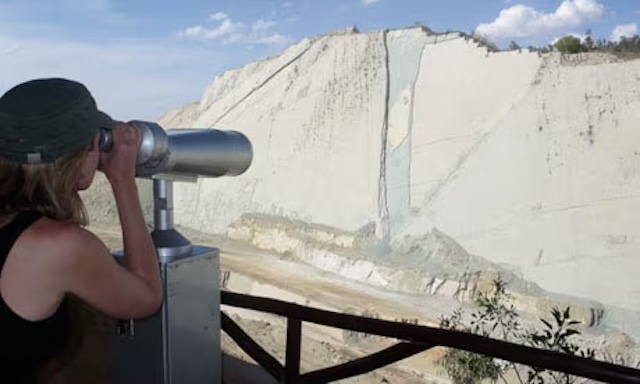
The tectonic activity that caused the uplift is associated with the formation of the Andes Mountains. This process transformed a large, flat plain into the rough, mountainous terrain that now characterizes the region. The combination of geological forces and sedimentation processes hardened the ancient mud into limestone, creating the ideal conditions for preserving the footprints.
Geological Significance
The preservation of these footprints required specific environmental conditions, including alternating wet and dry seasons. During the wet season, the ground would become muddy, allowing dinosaurs to leave their tracks. When the dry season arrived, the ground would harden, turning the impressions into stone-like fossils. This cycle repeated over time, layering one set of footprints over another, which are now visible due to the tectonic movements that tilted the ground.
Trusted university tests have revealed the exceptional nature of this site. Due to its vast number of footprints, excellent preservation, and diversity of species, Cal Orcko has been recognized as the most fruitful dinosaur track site in the world. The well-preserved fossil footprints provide insights into the diverse biosphere of the Late Cretaceous era. Unlike other trackways, Cal Orcko uniquely showcases the simultaneous movements of many different dinosaur species.
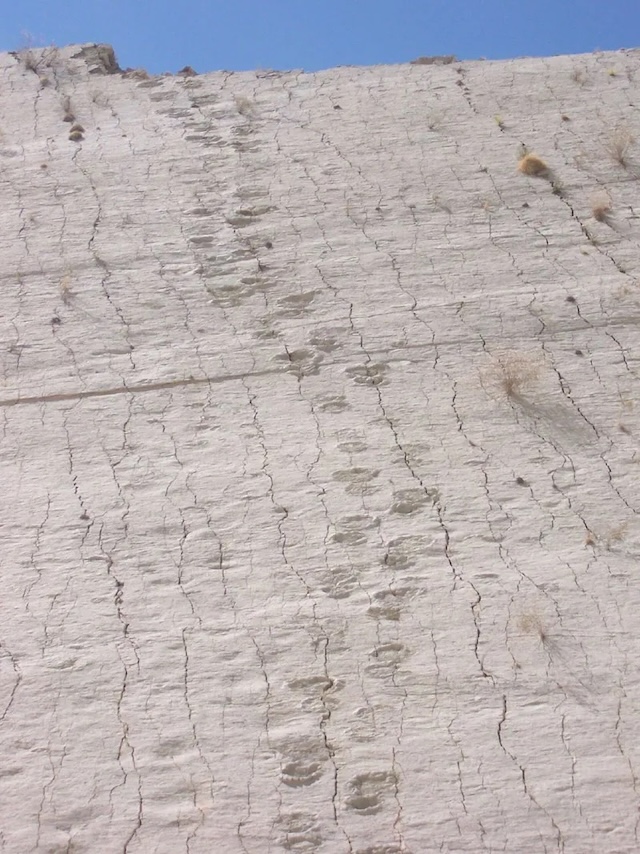
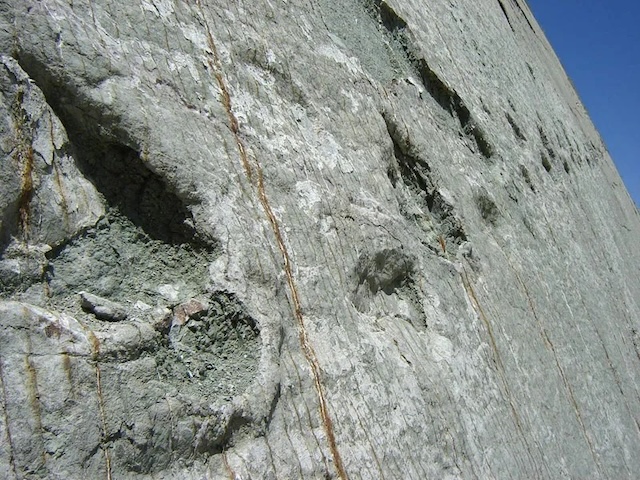
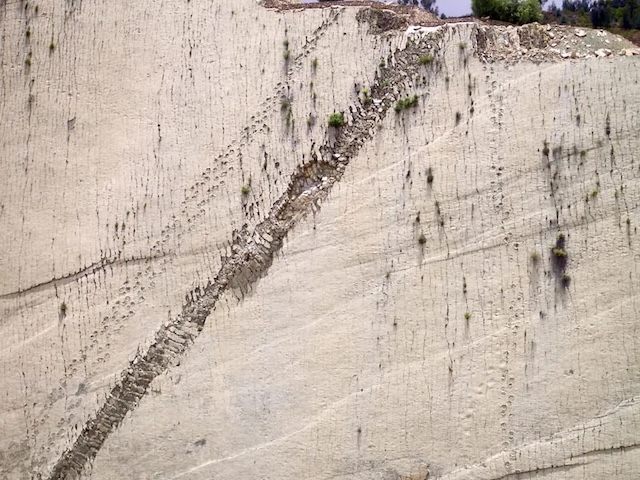
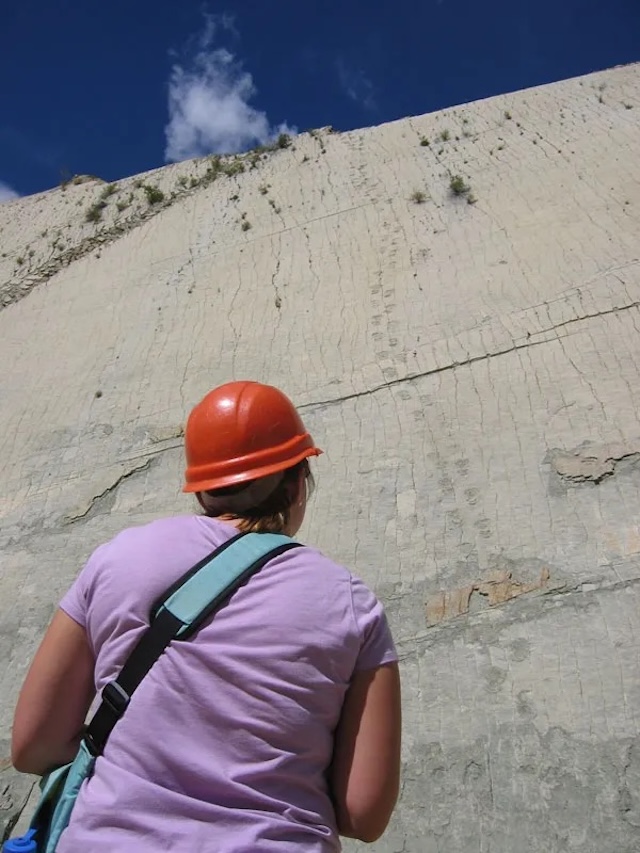
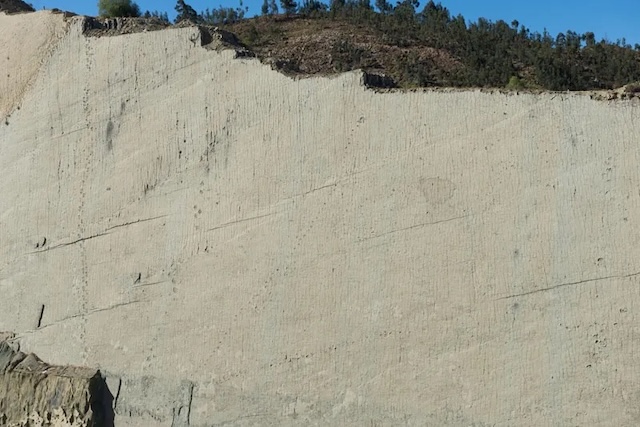
Conclusion
The Cal Orcko limestone wall is not just a wall but a remarkable window into Earth’s distant past. Its thousands of footprints provide invaluable information about the diverse dinosaur populations that once roamed the planet. From the massive titanosaurs to the nimble theropods, this site reveals how these ancient creatures moved, interacted, and thrived in their prehistoric environment. Today, the site stands as a testament to the dynamic forces of nature and time, preserving a chapter of Earth’s history for future generations to explore.
